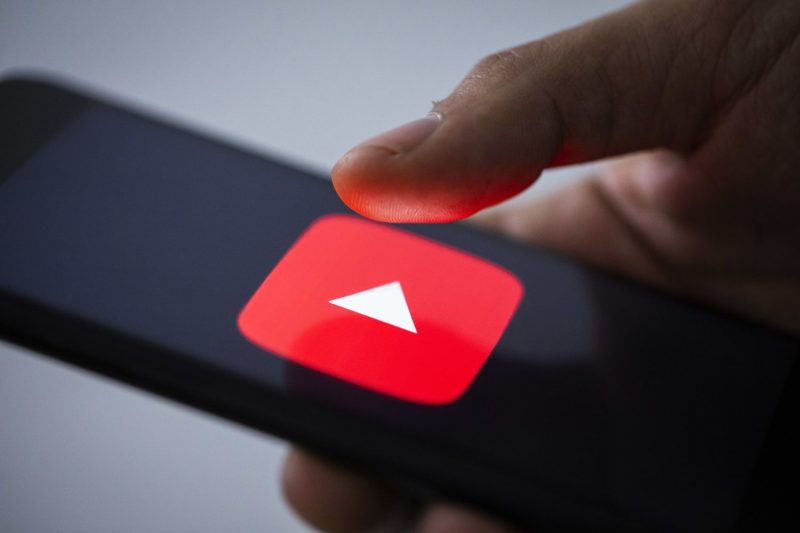In today’s rapidly evolving digital landscape, YouTube has emerged as a dominant force in the living room. Its prevalence and popularity have not only transformed the way we consume media but also presented a dilemma for traditional media companies who now face the choice of embracing it as a friend or seeing it as a foe.
The rise of YouTube as a dominant platform for content consumption is evident in the increasing amount of time people spend watching videos on the platform. With billions of users worldwide and a vast library of content spanning across various genres, YouTube has effectively captured the attention of audiences of all ages.
Furthermore, the convenience and accessibility of YouTube on smart TVs and other connected devices have enabled it to become a primary source of entertainment in many households. Users can easily access a plethora of videos, from music and vlogs to tutorials and documentaries, making YouTube a one-stop destination for all their entertainment needs.
The growing influence of YouTube in the living room has prompted media companies to reassess their strategies and explore new ways to engage with audiences. While some see YouTube as a threat to traditional media channels, others view it as a valuable platform for reaching wider audiences and driving engagement.
One of the key challenges for media companies is navigating the complex landscape of content creation and distribution on YouTube. With the platform’s algorithms constantly evolving and changing, it can be difficult to predict what content will resonate with audiences and go viral. This poses a challenge for media companies accustomed to the more traditional methods of content creation and distribution.
Despite the challenges, some media companies have successfully leveraged YouTube to reach new audiences and reinforce their brands. By creating engaging and shareable content that resonates with viewers, these companies have been able to stay relevant in the digital age and even attract new fans and followers.
Ultimately, the rise of YouTube as a dominant force in the living room presents both opportunities and challenges for media companies. While it provides a platform for reaching wider audiences and driving engagement, it also requires a shift in mindset and strategy to adapt to the changing media landscape.
In conclusion, YouTube’s dominance in the living room has forced media companies to rethink their approach to content creation and distribution. By embracing YouTube as a friend rather than a foe, media companies can harness its power to reach new audiences and stay relevant in an increasingly digital world.
